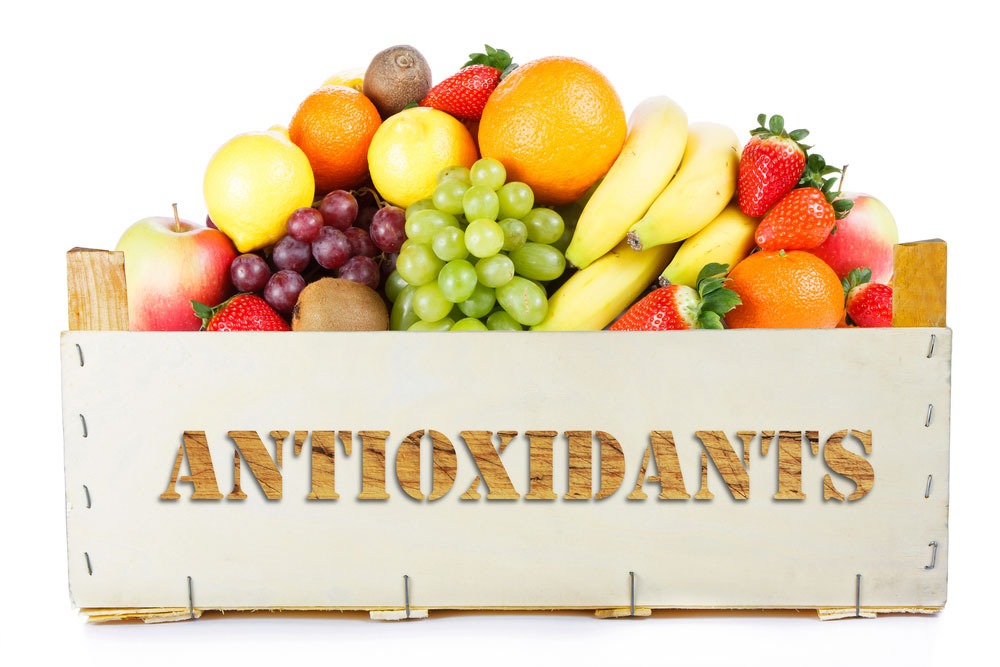Antioxidants play a crucial role in maintaining the delicate balance of our body cellular processes. These compounds found in various foods and supplements, are hailed for their ability to neutralize harmful molecules known as free radicals. In this comprehensive article of a “Guide to antioxidants”, we will dive into the definition, types, sources, mechanism of action, health benefits, controversies and potential risks.
Introduction to Antioxidants:
Antioxidants are substances that counteract oxidative stress by inhibiting the formation of free radicals or neutralizing them. Free radicals are highly reactive molecules with unpaired electrons, which can lead to cellular damage and contribute to various health issues, including aging and chronic diseases.

Types of Antioxidants:
Vitamins:
Vitamin C (ascorbic acid) is found in fruits and vegetables. It is water soluble and helps protect cellular components from oxidative damage. Vitamin E (tocopherol) is present in nuts, seeds and oils. It protects cell membranes from oxidative stress. Free radicals are waste substance produced by cells as the body processes food and react to the environment. If the body cannot process and remove free radicals efficiently, oxidative stress can result. This can harm cells and body function. Free radicals are also known as reactive oxygen species (ROS).
Minerals:
Factors that increase the production of free radicals in the body can be internal, such as inflammation or external, for example, pollution, UV exposure and cigarette smoking. Selenium acts as a cofactor for antioxidant enzymes and is found in nuts, seeds and seafood. Moreover, Zinc Supports the function of antioxidant enzymes and is abundant in meat, dairy and legumes.
Enzymes:
Oxidative stress has been linked to heart disease, cancer, arthritis, stroke, respiratory disease, immune deficiency, emphysema, Parkinson’s disease and other inflammatory conditions. Superoxide dismutase (SOD) Converts superoxide radicals into less harmful molecules. In addition, Catalase Breaks down hydrogen peroxide, preventing its harmful effects.
Polyphenols:
Flavonoids are found in fruits, vegetables, tea and red wine. They possess antioxidant and anti inflammatory properties. Resveratrol is present in grapes and red wine. It is associated with cardiovascular benefits.
Sources of Antioxidants:
They are abundant in various foods, creating a colorful spectrum of choices. For example, Fruits: There is a citrus fruits and apples. Vegetables: Leafy greens, tomatoes and bell peppers. Nuts and seeds: Almonds, walnuts and sunflower seeds. Beverages: Green tea and red wine. Spices: cinnamon, turmeric and ginger.
Mechanisms of Action:
Antioxidant’s function through diverse mechanisms: Such as, Donation of Electrons: They neutralize free radicals by donating electrons, stabilizing them. Enzymatic Activity: Antioxidant enzymes like SOD and catalase catalyze reactions to convert harmful molecules into less damaging forms.
Heath Benefits:
A diet rich in antioxidant may reduce the risk of many diseases, like heart disease and certain cancers. antioxidant scavenge free radicals from the body cells and prevent or reduce the damage caused by oxidation. The Protective effect of antioxidant continues to be studied around the world. For example, They are Cellular protection, Guard against oxidative damage to cellular components, including DNA, proteins and lipids. They also reduce the risk of cardiovascular disease by preventing oxidative stress in blood vessels. They Alleviate inflammation associated with chronic diseases. Moreover, Some antioxidants may help protect against certain types of cancer by inhibiting cell damage.
Controversies Surrounding Antioxidants:
Supplements vs. Whole foods: Debate exist on whether obtaining antioxidant through supplements yields the same benefits as consuming them through whole foods. Timing of consumption: Optimal timing for antioxidant intake is still a subject of research, which some studies suggesting that timing may influence effectiveness Prooxidant effects: High doses of certain antioxidant may paradoxically exhibit prooxidant effects, potentially causing harm.
Potential Risks and Considerations:
Interaction with medications: Some may interact with medications, affecting their efficacy. Overconsumption: Such as, Excessive intake of antioxidant supplements may lead to toxicity and adverse effects.
Conclusion:
In conclusion, “A guide to antioxidants” shows that antioxidants are vital components of a healthy diet, offering protection against oxidative stress and contributing to overall well being.
A balanced diet rich in fruits, vegetables, nuts and seeds, provides a natural source of antioxidants. While controversies and debates persist ongoing research continues to deepen our understanding of these compounds and their impact on human health.
As we navigate the complex landscape of “A guide to antioxidants”, incorporating a diverse array of nutrient rich foods remains a key strategy for reaping their benefits. To get more information about importance of antioxidant, read my latest book: The magical ways for sparkling lifestyle.

Leave a Comment